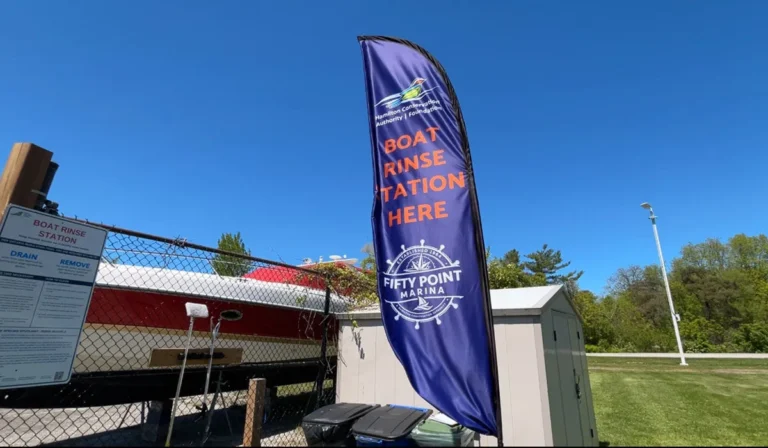A Natural Areas Inventory (NAI) involves surveying natural areas, whether they be as large as conservation areas or as small as urban woodlots, for the plants and wildlife that live there. By getting a picture of the habitat types and species occupying these spaces, we can make informed decisions on where to focus conservation and restoration efforts.

Hamilton’s History with NAIs
Since 1993, Hamilton has conducted an NAI roughly every 10 years, and the newest one, Nature Counts 3, has officially begun this year. Fieldwork is expected to wrap up by 2026, with the final report set for release in 2027.
This initiative is a collaborative effort led by the Hamilton Conservation Authority, City of Hamilton, and the Hamilton Naturalists’ Club, with additional support from partners like the Royal Botanical Gardens, McMaster University, Grand River Conservation Authority, Niagara Peninsula Conservation Authority, and Conservation Halton.
Nature Counts 3 stems from the Biodiversity Action Plan (BAP)—a five-year roadmap for supporting nature through coordinated actions by partner agencies and the public.
A New Approach: Public Participation and Technology
Unlike previous NAIs, which relied primarily on field professionals, Nature Counts 3 is actively recruiting public participation. One key tool for this is iNaturalist, a free app and website that allows users to document and identify species. Verified observations made through iNaturalist contribute valuable data to scientists studying species distribution.
This year’s fieldwork focused on urban woodlots—remnants of the habitats that once dominated Hamilton’s landscape. These areas are often home to interesting and sometimes rare species that can easily be overlooked and taken for granted.
Why Nature Counts 3 Matters
The goals of Nature Counts 3 are ambitious and essential:
- Identifying significant natural areas for protection
- Determining the status of various local species
- Defining threats and restoration opportunities across the city
- Contributing to policy and mapping amendments for conservation purposes.
Hamilton lies within the Carolinian Canada EcoZone, a biodiversity hotspot where many species are at the northern or southern edges of their ranges making the biodiversity here exceptionally high. Knowing what species are on the landscape will help protect this biodiversity hot spot from looming threats such as invasive species, habitat loss, and climate change.
Get Involved!
Nature Counts 3 is more than just a research project; it’s a community endeavor. By contributing observations through iNaturalist or supporting local conservation efforts, you can play a part in protecting Hamilton’s natural heritage for future generations.
If you are in Hamilton and interested in helping but don’t know where to start, watch for community events near you in 2025!
If you have any questions or would like to get more information, contact:
Kasia Zgurzynski
Natural Areas Inventory Coordinator
kzgurzynski@conservationhamilton.ca







